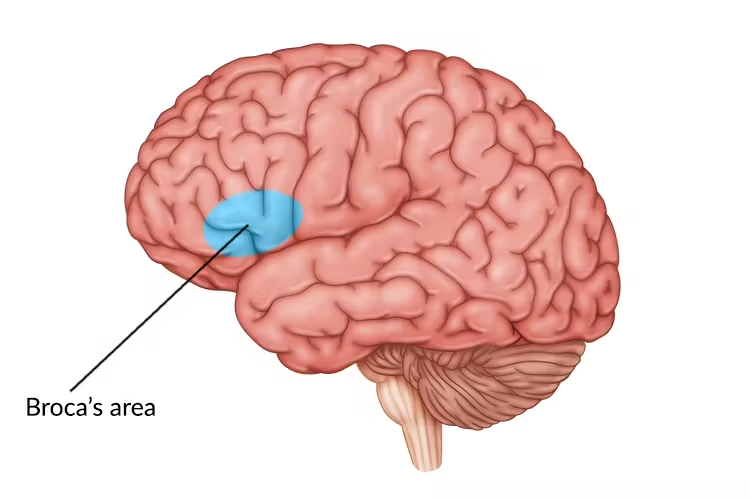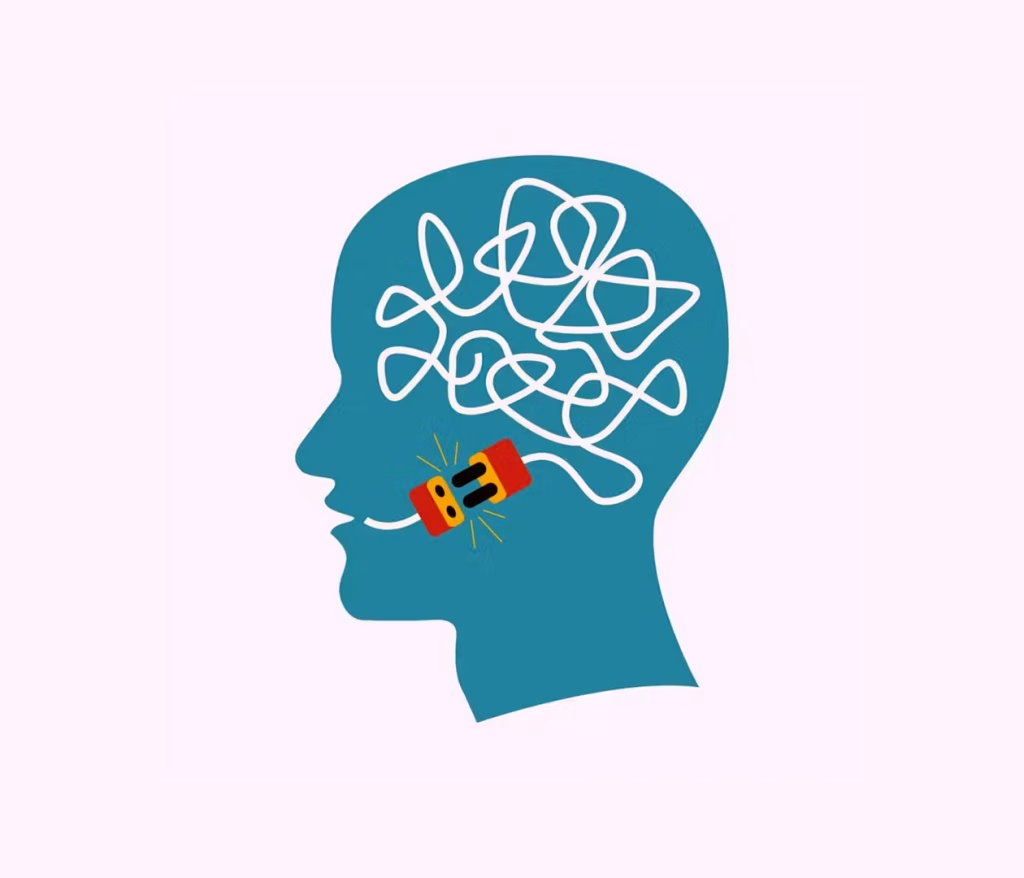Aphasia is a language disorder that affects a person’s ability to communicate, typically caused by damage to the brain, most often due to a stroke, head injury, brain tumor, or neurological disease. It impairs one or more aspects of communication, including speaking, understanding, reading, and writing, while intelligence remains largely intact.

Types of Aphasia:
- Broca’s Aphasia (Non-fluent):
- Difficulty forming complete sentences.
- Speech is effortful and broken, but comprehension is often preserved.
- Wernicke’s Aphasia (Fluent):
- Speech is fluent but often nonsensical or irrelevant.
- Severe difficulty understanding spoken and written language.
- Global Aphasia:
- Severe impairment in all aspects of language.
- Often occurs after a large stroke and affects both expression and comprehension.
- Anomic Aphasia:
- Difficulty finding the right words, especially names of objects.
- Speech and understanding are otherwise relatively normal.
Aphasia causes :
Aphasia is most commonly caused by damage to the language centers of the brain, typically in the left hemisphere, which controls speech and language functions in most people. The leading cause is a stroke, which occurs when blood flow to the brain is interrupted, damaging the areas responsible for language. Other causes include traumatic brain injury, where a blow to the head affects language regions, and brain tumors that grow in or press on these areas. Infections like encephalitis or neurological conditions such as primary progressive aphasia—a form of dementia that gradually impairs language—can also lead to aphasia. Less commonly, aphasia may result from brain surgery, seizures, or other conditions that affect the brain’s communication pathways. The severity and type of aphasia depend on the location and extent of the brain damage.
- Stroke (most common)
- Traumatic brain injury
- Brain tumors
- Neurodegenerative diseases (e.g., primary progressive aphasia)
- Brain infections or inflammation

Treatment:
Aphasia is treated primarily through speech-language therapy, which focuses on improving language skills and developing alternative communication strategies. Therapy is tailored to the individual’s type and severity of aphasia. Family support and communication training are also vital. In some cases, augmentative and alternative communication (AAC) tools, such as communication boards or speech-generating devices, may be used.
Speech-Language Pathologist’s Role:
A speech-language pathologist (SLP) evaluates the individual’s language abilities, designs a personalized therapy plan, and works closely with the person and their family to improve communication and quality of life. Therapy may involve exercises for speaking, understanding, reading, writing, and using gestures or other methods of communication.

